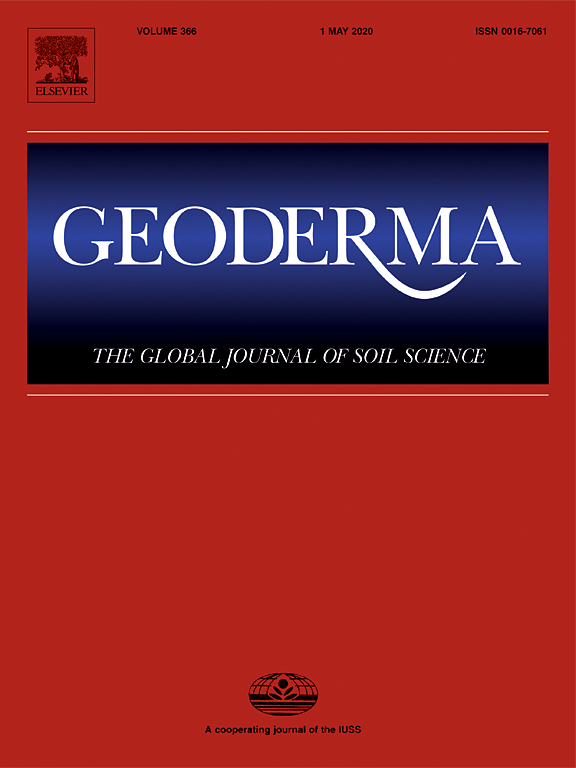Plant residue amendment enhances nitrate immobilization by fungi and bacteria in soil
Plant residue incorporation improves soil microbial nitrate immobilization, which in turn alleviates nitrate accumulation, thereby improving N retention capacity and reducing N losses. However, how and why the respective nitrate immobilization by fungi and bacteria, which are dominant microorganisms in soil, responds to residue addition remains unknown.
By adopting a novel amino sugar-based stable isotope probing approach, the researchers show that both fungal and bacterial nitrate immobilization increased after Paspalum notatum residue addition. The increased proportion of the former was higher than that of the latter, and their difference became much larger with the increased residue addition rate. Furthermore, 70% and 32% of the variations in fungal and bacterial nitrate immobilization activities were explained by their respective biomass. The relative importance of fungal and bacterial nitrate immobilization shifted in a consistent manner with the relative abundance of fungi and bacteria, and the magnitude of these shifts was related to the residue addition rate.
This study moves us toward a more mechanistic understanding of how and why the supplementation of exogenous organic carbon (OC) sources with a high C/N ratio in agricultural soils improves soil microbial nitrate immobilization and thus soil N retention, thereby contributing to the improvement of N and OC management of soil for sustainable agriculture. Moreover, this study demonstrates strong links between increased residue inputs, alterations in microbial community composition, and enhanced ecosystem functioning of nitrate immobilization and retention in soil.
For details, please refer to the paper, entitled “Disentangling immobilization of nitrate by fungi and bacteria in soil to plant residue amendment”, recently published in Geoderma (https://doi.org/10.1016/j.geoderma.2020.114450).
Author: LI Xiaobo
E-mail: lixiaobo@scbg.ac.cn
Paper link: https://doi.org/10.1016/j.geoderma.2020.114450
